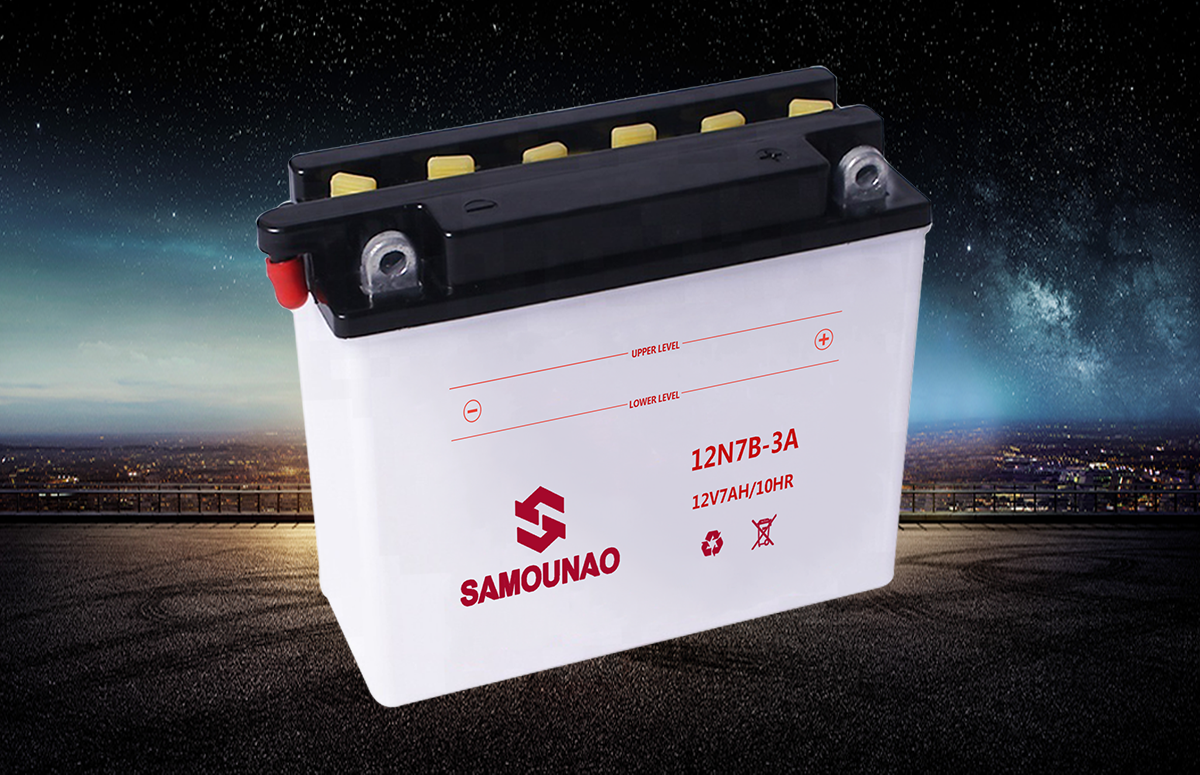Any device that stores energy can be dangerous. There is a lot of explosive power in a gallon of gasoline, but when handled with some knowledge its use can be made relatively safe. Batteries are no different in that with the proper precautions and safety practices, they can be handled in a safe manner. Working with batteries poses two
hazards: potentially explosive gases that are given off during discharging and charging, and sulfuric acid, which is highly corrosive. The following safety list below will help keep these two hazards under control:
No Smoking
--No smoking, sparks (from static electricity or other sources) or open flames around or near batteries
--Batteries can produce hydrogen gas that is highly flammable when combined with oxygen; if these gases ignite the battery case can rupture or explode
Eye Protection
-Always wear eye protection, protective gloves and protective clothing when handling a battery
Loosen Vent Caps
-On Conventional batteries, loosen vent caps when charging and ventilate the entire charging area
-A build-up of hydrogen and oxygen levels within the battery, or in the area where its being charged, can create a fire hazard
Overheating when Charging Battery
-If a battery feels hot to the touch during charging, stop charging and allow it to cool before resuming
-Excessive heat damages the plates, and a battery case that’s too hot during charging can rupture
Remove Red Sealing Cap
-On Conventional batteries, remove the red sealing cap from the vent elbow
-Never put the red sealing cap back on the battery once it is removed
-If sealing cap is left on, gas trapped inside the battery can explode
-For the same reason, make sure the vent tube isn’t kinked or blocked
Connecting Battery Charger Leads Properly
-Properly connect battery charger leads to the battery: positive to positive, negative to negative
-Unplug the charger, or turn it off before connecting or disconnecting the leads
-Minimizes the chances of creating sparks when connecting or removing the leads from the battery
Acid Spills
-Clean up acid spills immediately, using a water and baking soda solution to neutralize battery acid (1 lb. baking soda in 1 gal. water)
Acid
-Make sure battery acid fill containers are clearly marked and work areas are well lighted
-If sulfuric acid is swallowed or splashed in the eyes, take immediate action
-Sulfuric acid in the eyes can cause blindness
-Diluted sulfuric acid used as electrolyte can burn the skin
-Ingesting or swallowing sulfuric acid can cause serious internal injuries or death


